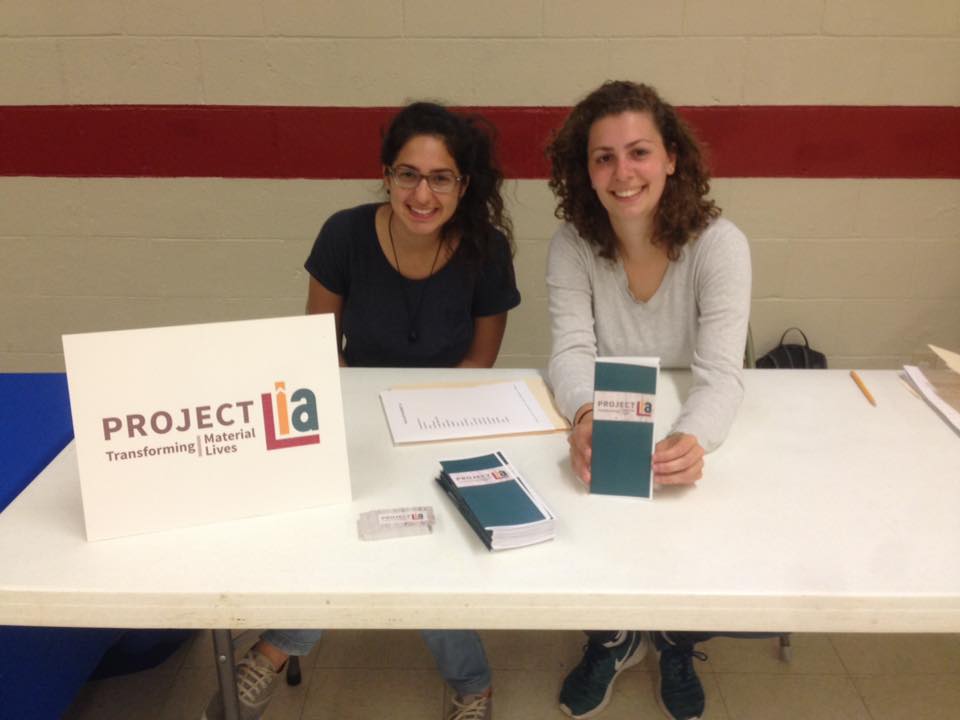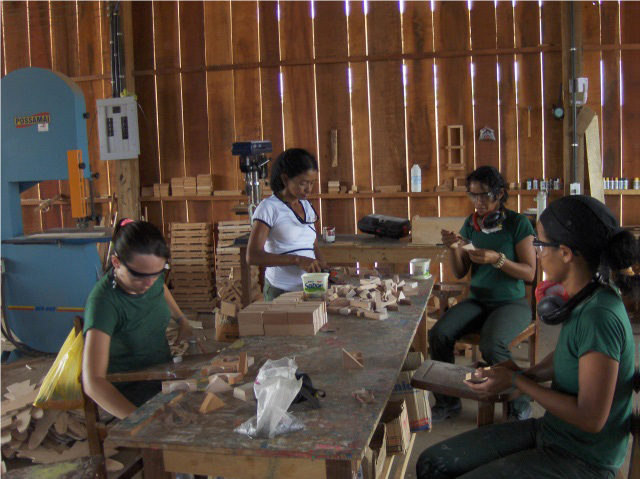 Imagine discovering in waste materials the chance to create new things, that are potentially there already. That is, where waste is turned into “something” beautiful, useful and valuable that previously did not exist. Then, think about involving vulnerable individuals into this worthy process, like women who have served time in jail and now are having difficulties reintegrating back into society, finding a job and economic self-sufficiency. This is Project Lia’s mission, a non-profit association and social enterprise established in Indianapolis, Indiana.
Imagine discovering in waste materials the chance to create new things, that are potentially there already. That is, where waste is turned into “something” beautiful, useful and valuable that previously did not exist. Then, think about involving vulnerable individuals into this worthy process, like women who have served time in jail and now are having difficulties reintegrating back into society, finding a job and economic self-sufficiency. This is Project Lia’s mission, a non-profit association and social enterprise established in Indianapolis, Indiana.
“Here, these women who are trying to reintegrate back into society, learn how to create home furnishings and furniture, in a workplace that educates, and which is a space for mutual understanding and respect. Here waste material is transformed, as well as people’s lives, through relations based on reciprocity and trust,” Project Lia founder and executive director Elizabeth explains:
“We also provide learning opportunities about finance, communication, corporate ethics, health and wellbeing, in addition to promoting participation in community and social life.”

According to statistics published on their website, taken from Bureau of Justice data, over the last three and a half decades, the female prison population in the US has grown by over 700%. In 1980, there were 12,144 women in State or federal prisons, but their number had risen to more than 100,000 in 2015. If we also add women held in local jails, out on parole or under house arrest, they are more than one million.
“When these women get out of prison,” Elizabeth Wallin adds “they need to find a steady job and a home, while they are trying to rebuild their family relations. If we add the stigma that is associated with prison and racial discrimination, then it is very difficult for them to reintegrate into society and avoid recidivism.”
That is why, in Project Lia we decided to focus on women. By helping women, families and communities too are strengthened indirectly; important studies show that these empowered women are “community-minded” and reinvest 90% of their income into their own families.
At this point, we wonder what has inspired this project.
“During a trip I made to Argentina,” Elizabeth tells us. “I participated in organizing a youth festival called No Te Detengas (“Don’t hold back”). This festival gathered more than 1,000 young people and was about the cages we lock ourselves in, out of fear, social pressure or because of situations of comfort or bias. When I got back to the States, I realized that, there, women who got out of prison were still held back by a bigger and system-wide cage. To me, Project Lia is an answer to the fear, pressure, comfort and bias of a criminal justice system, and a society, which keeps “holding ex-convicts back”, even after they served their sentence, without offering any possibility for real social inclusion.”
“During a trip I made to Argentina,” Elizabeth tells us. “I participated in organizing a youth festival called No Te Detengas (“Don’t hold back”). This festival gathered more than 1,000 young people and was about the “cages” we lock ourselves in, out of fear, social pressure or because of situations of convenience or bias. When I got back to the States, I realized that, women here who got out of prison were continuing to be held back by a “cage” that was bigger and systematic. To me, Project Lia is an answer to the fear, pressure, self-interest and bias of a criminal justice system, and a society, which keeps “holding ex-convicts back”, even after they have served their sentence, without offering any possibility for real social inclusion.”
To sum up, it is an inclusive project that aims to build bridges of true social solidarity.
There is one last thing we are curious about: why did you pick Lia for a name?
Elizabeth explains to me that: “Lia is the name of a woman who dedicated her entire life to building bridges between people of different races, cultures, religions and social backgrounds. Her full name was Lia Brunet and she was one of the first followers of Chiara Lubich, founder of the Focolare Movement.”
In 1961, Lia Brunet traveled to Argentina, where she contributed towards building the Focolare little town in O’Higgins, a community in the heart of the Pampas, where Elizabeth too was able to experience the ideal of a united world.
Source: Focolare Canada and USA

